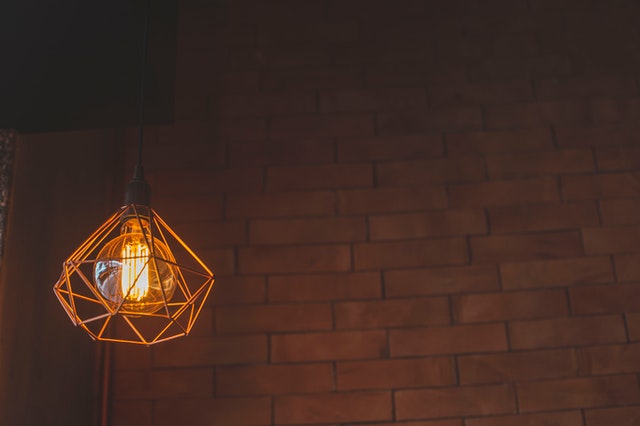You may be having a problem with the bleeding paint color on your interior wall if you are trying to cover a dark color with a lighter shade of paint. One way to not incur any bleeding during the painting process is to properly prime the wall beforehand. If you notice bleeding colors after painting a wall, it may be because you haven’t applied a coat of paint sealant. Reapply the paint or use primer on top to cover the bleed marks before applying the second coat of paint. The primer helps you cover down your old color more easily and provides more accurate painting (depending on the paint).
Priming
- Place a tarp under any walls you will be working on. Protect the material above, below and to the side of windows, door frames, etc. with masking tape before painting so the paint doesn’t get on them.
- Open a can of primer. Stir the paint well with a paint stick before pouring some primer into a paint tray.
- Before you paint your walls, always apply a thin layer of primer first. Brush on a brand in a thin strip along the ceiling and the trim. Be sure to get into nooks and crannies too. Paint roller. If you are going to make a drastic change, be sure to apply a second coat of primer. Check out the primer label – it tells you how many minutes between coats. Let it dry completely before you apply a new coat.

Painting
- Open a can of latex paint, stir it thoroughly and then pour some into a paint tray. Lift the angled paintbrush and dip it into the jar of water. To start, paint a 2- to 3-inch strip on the top of the wall against the tape running along the ceiling. Add wickers to the end of each corner and cover trim.
- Use a roller to cover the large surface areas with paint. Starting along a wall, release most of the paint from your roller by making a large “W” or “M” shape, about 3ft in size. Roll the paint roller over the entire surface to cover it. Roll as close as you can to the ceiling, corners and trim to improve results.
- Move to the next section of the wall and paint as you did before. Continue in this way until the entire wall is painted. Check the paint cans while it dries to check any old paint coming through. If there are, apply another coat of paint.
- Make sure to remove any leftover duct tape once the paint dries.
FAQ Section:
Paint bleeding is a common problem that can happen with any type of paint. It’s when the paint seeps under the edge of the surface that you are painting.
The first step to preventing paint from bleeding is to make sure that you have a good surface to paint on. If your surface is not level, uneven, or has areas where it’s too thin, it will allow for more seepage and more bleeding.
The second step is to use primer before painting. Primer will seal your surface and prevent any of the paint from getting underneath it.
Thirdly, use a good quality brush when applying the paint and be sure not to apply too much pressure as this can cause more bleeding as well.
You can paint over bleed through. The best way to do this is to use paint that is the same color as the wall, and then apply it in a thin layer.
There are many ways to deal with paint bleeding. The first thing you should do is wait for the paint to dry completely before painting again. If this doesn’t work, then you will need to sand down the surface and remove any excess pigment from your wall surface.
The best way to stop paint from bleeding is to use a primer. Primer seals the surface of the wall and prevents any new paint from seeping into the old paint.
Paint that has already bled through can be prevented by using an oil-based primer or by reapplying a latex-based primer.
Tannin bleeding is the discoloration of the paper caused by the acid in a paper reacting with tannins in the ink.
The process is usually caused by an acidic ink or one that has not been properly neutralized.
There are three ways to fix tannin bleeding:
1) Add a small amount of cream of tartar to your ink well.
2) Add a small amount of citric acid to your ink well.
3) Use a good quality paper that is pH neutral and does not contain any tannins.
The first thing you should do is to clean the walls and floors with water. Then, use a sponge to cover the wall with baking soda. Allow it to sit for about 15 minutes before scrubbing it off.

